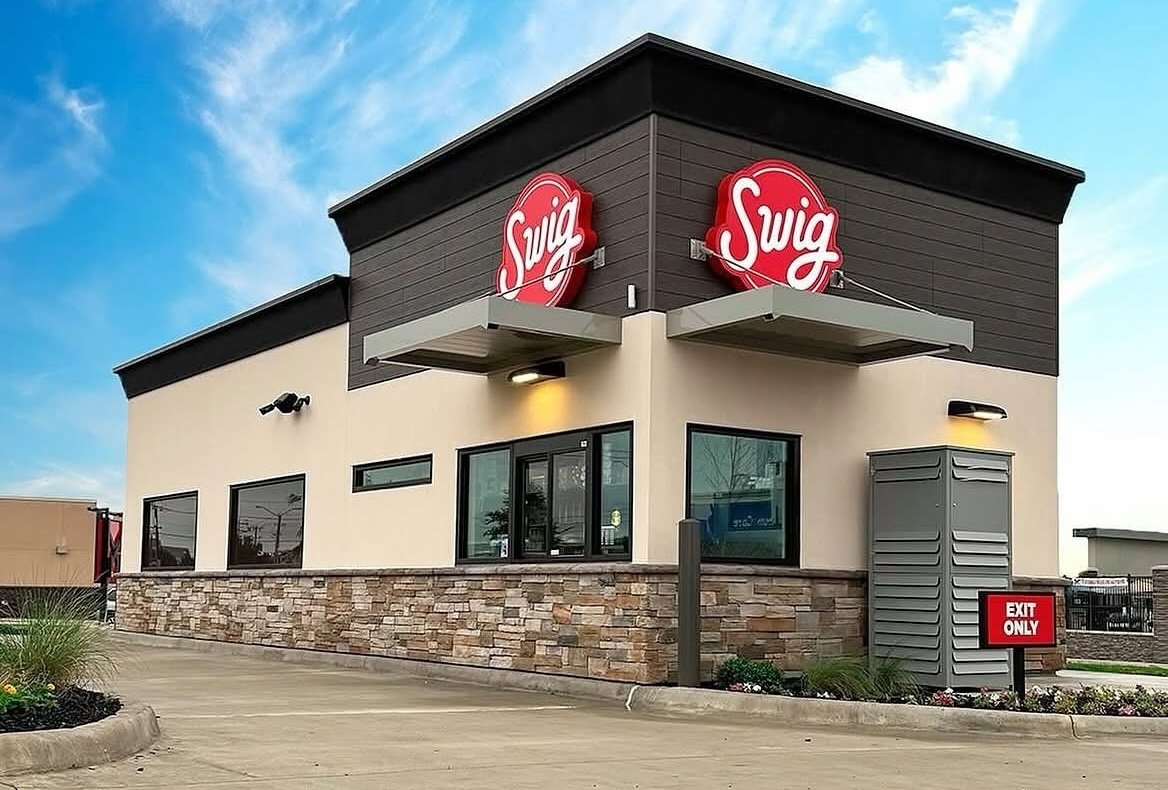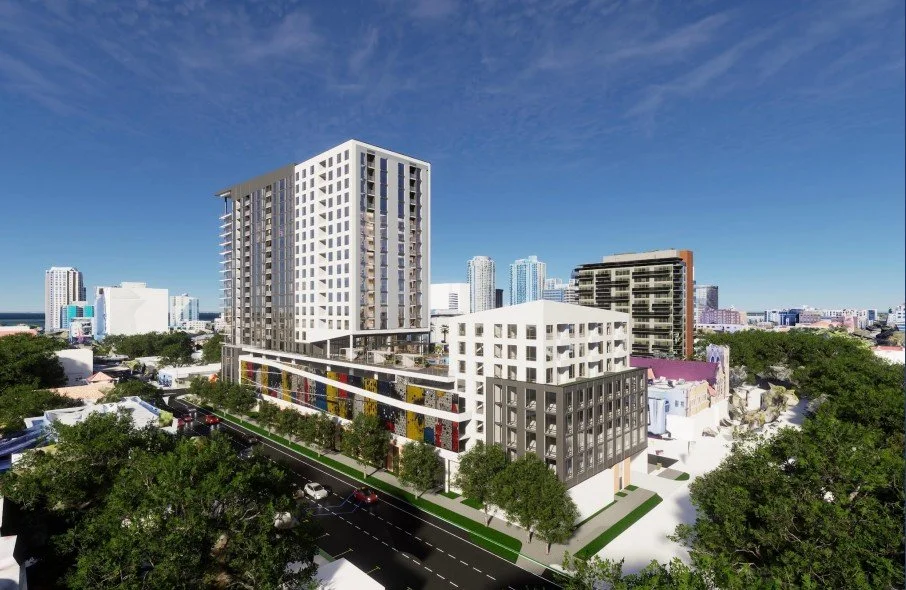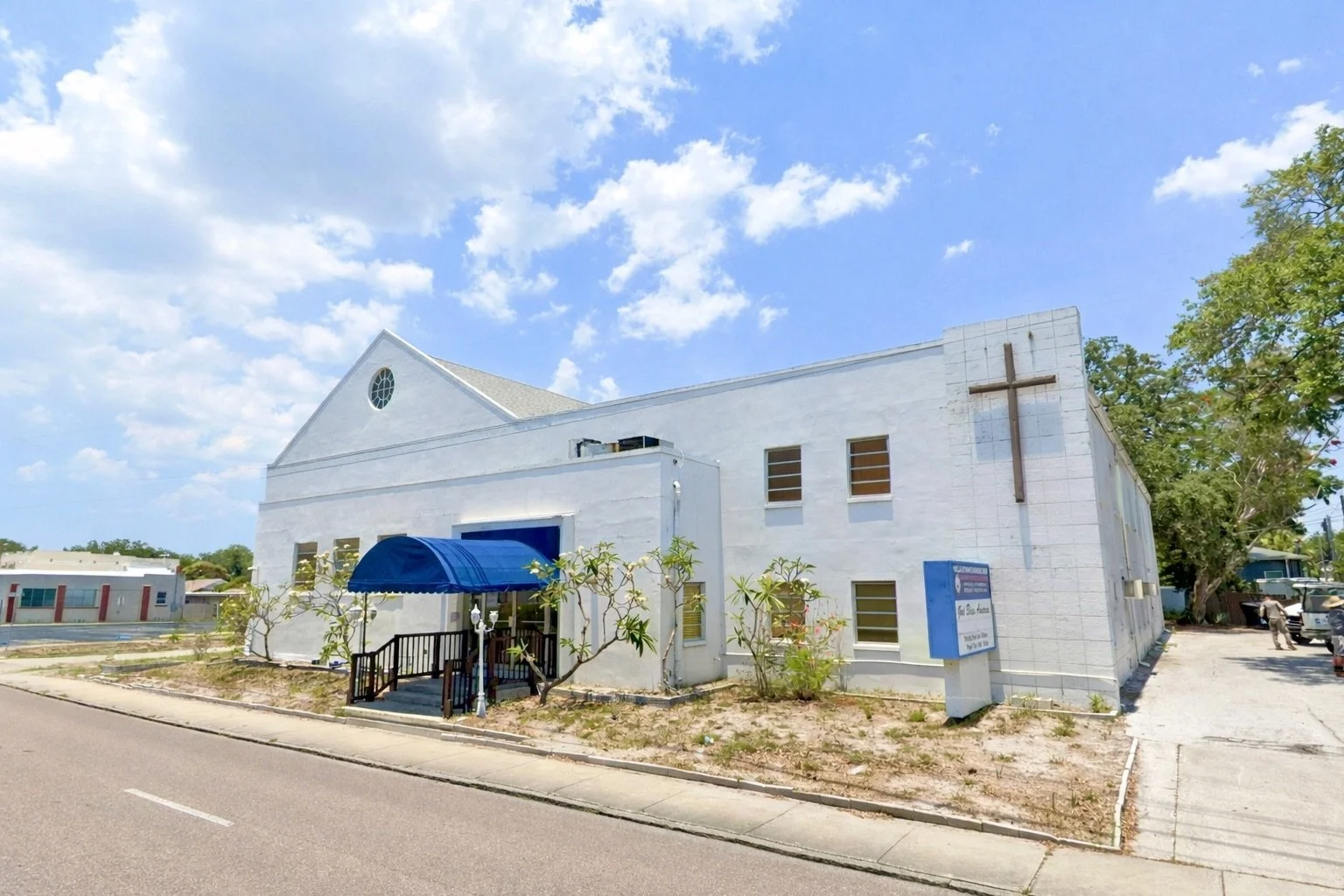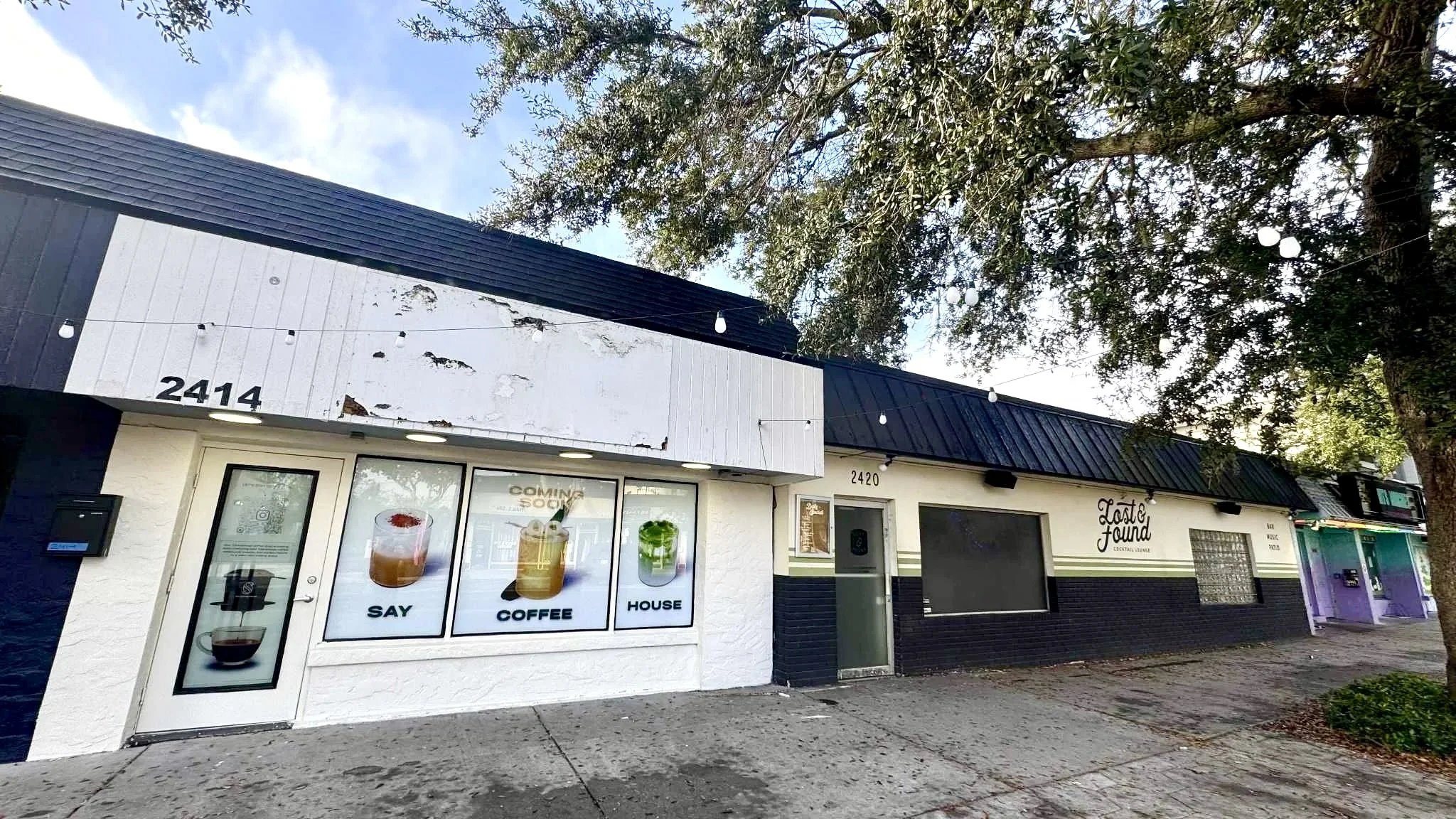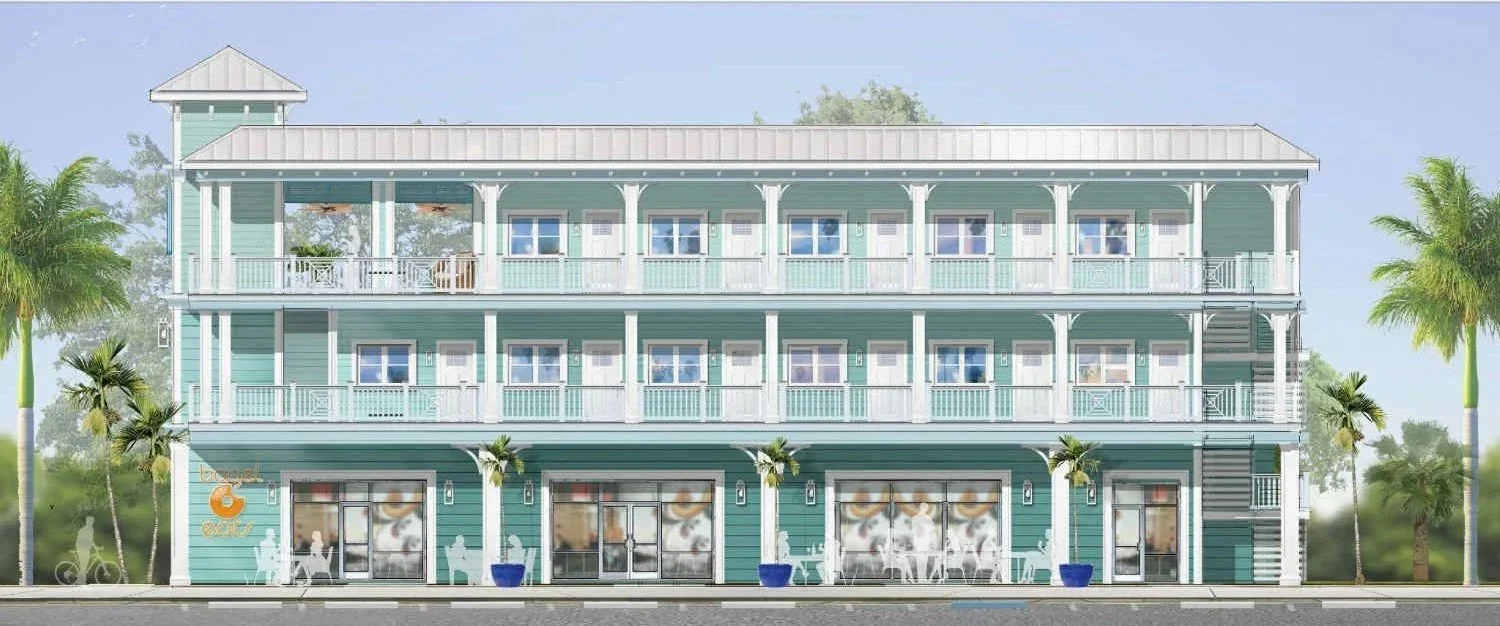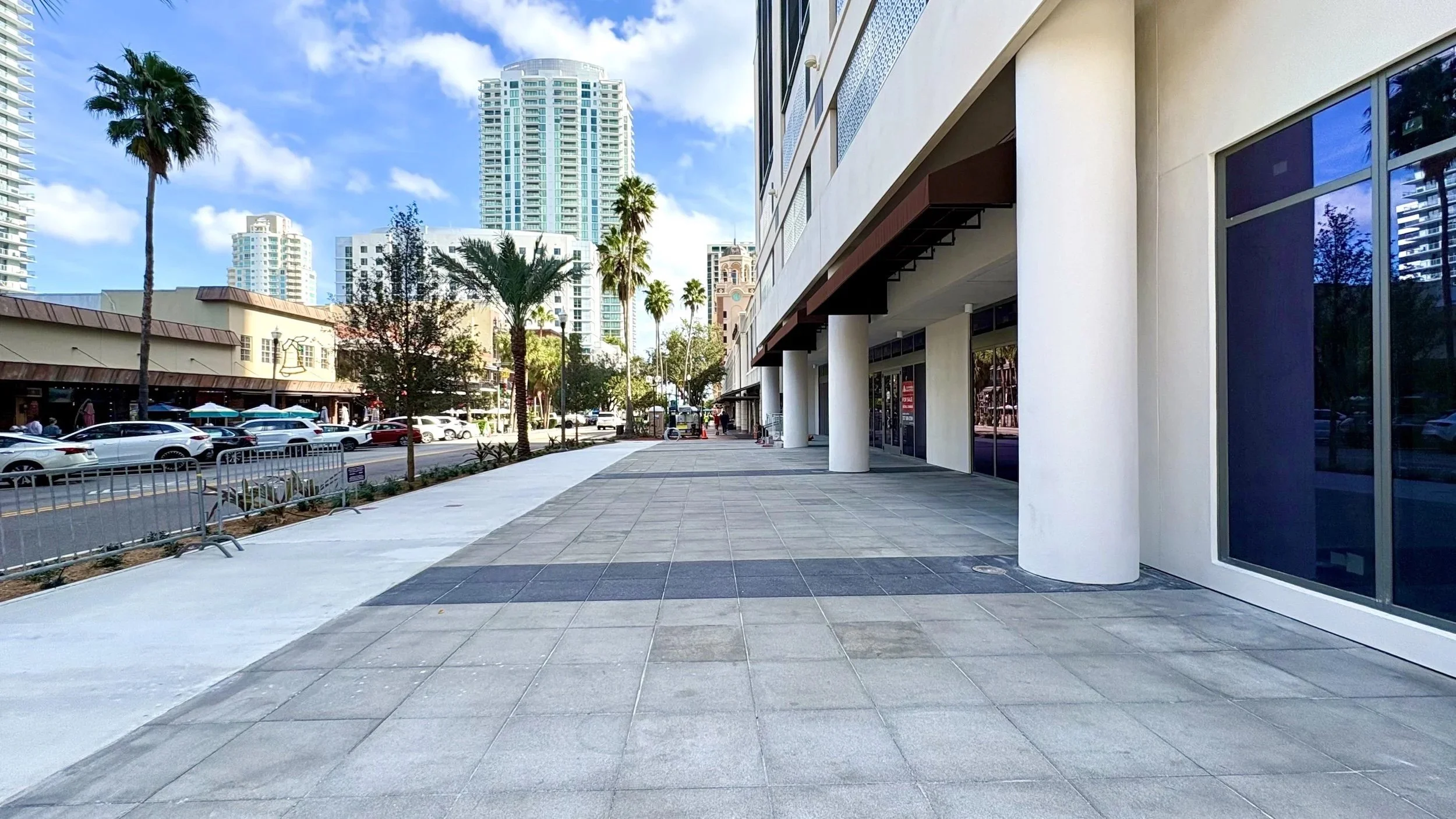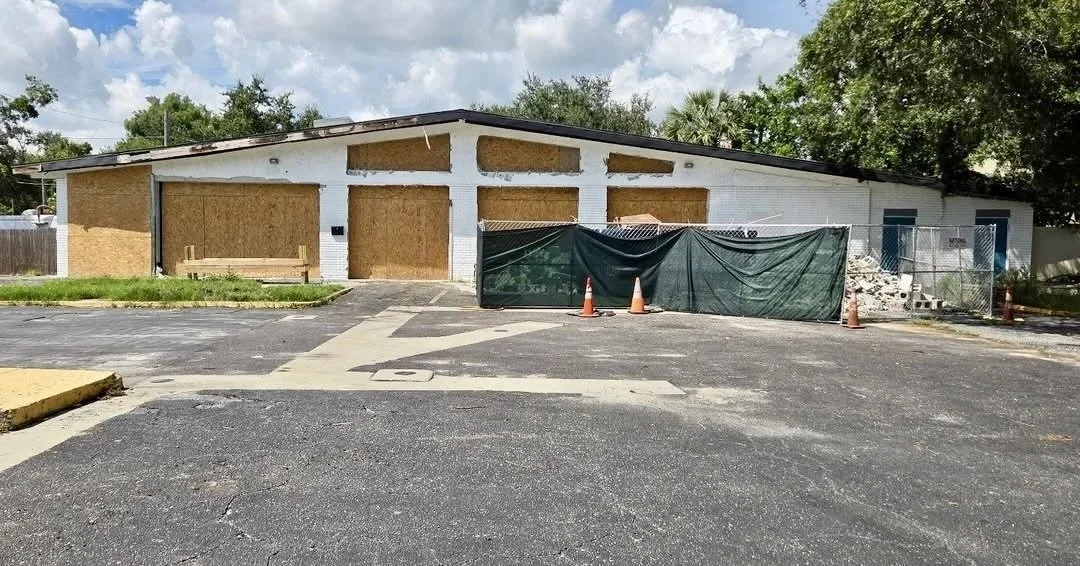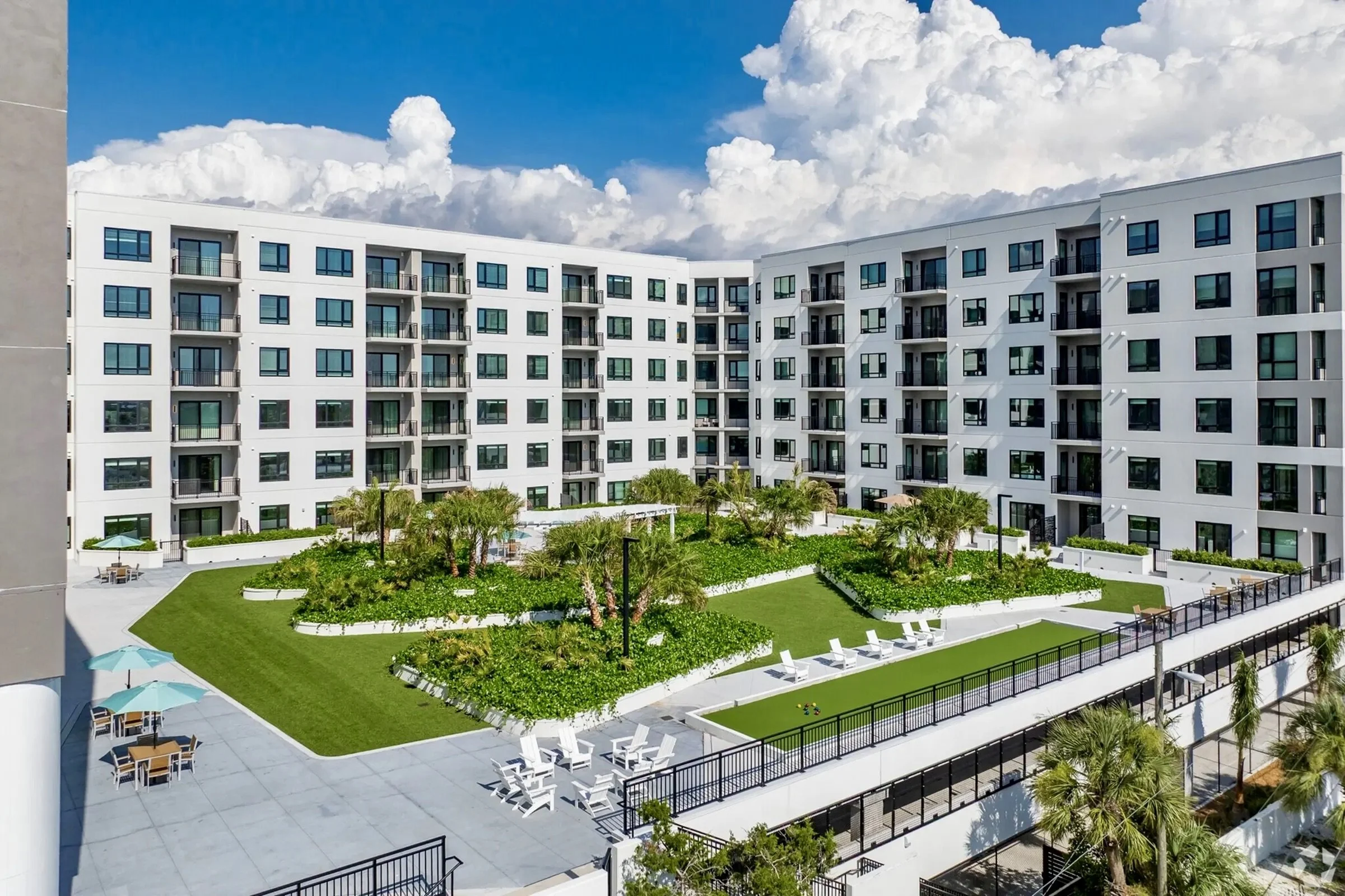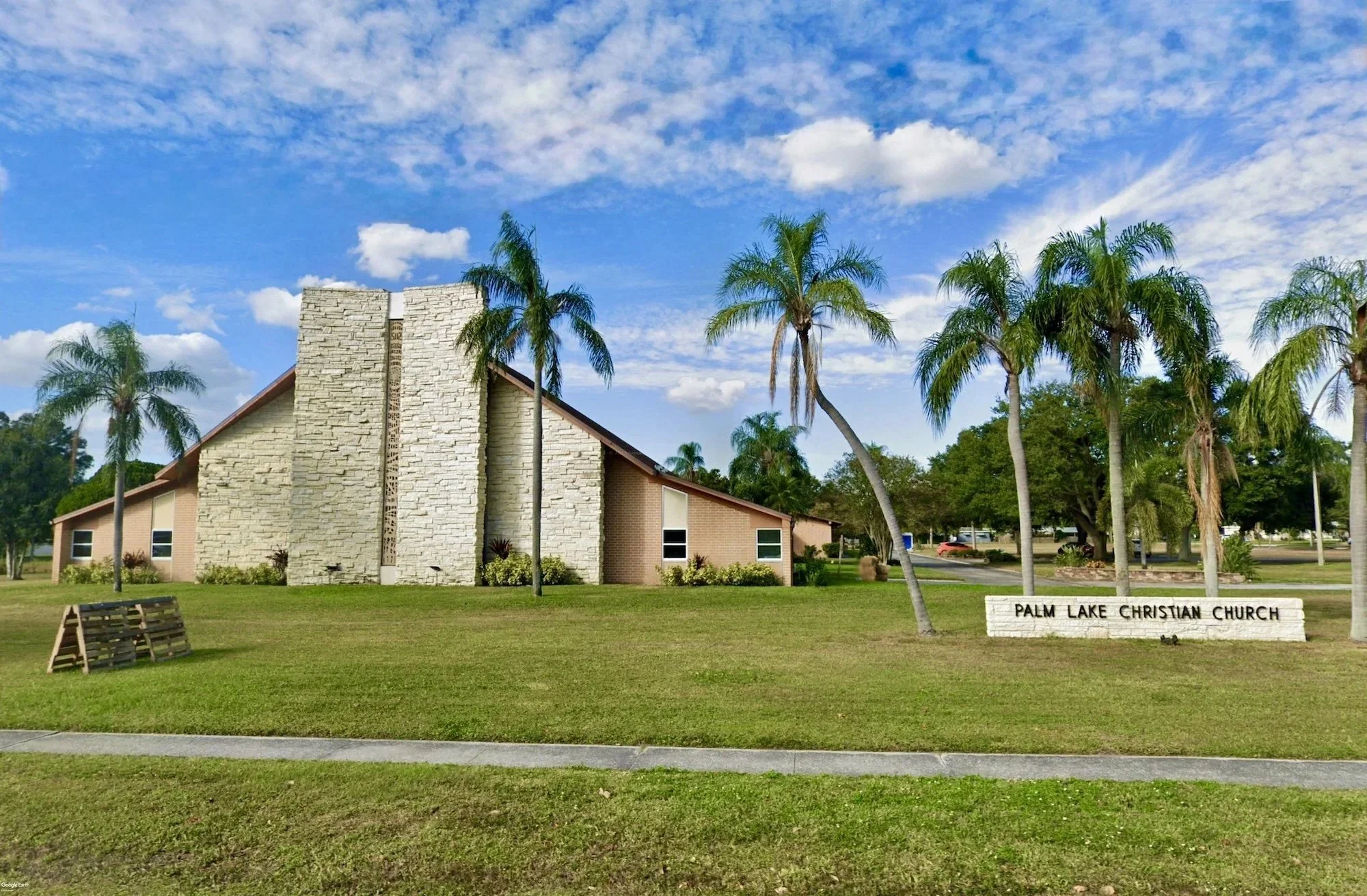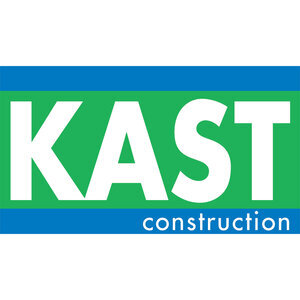Proposed zoning changes in the Warehouse Arts District could spur redevelopment
/Each neighborhood in St. Petersburg has its own unique identity and vibe. From Beach Drive and the downtown core to the Grand Central District, Warehouse Arts District, and the Deuces – each area has its own personality and is in a different stage of revitalization. Many of these districts depend on their connection to other neighborhoods to prosper.
This is why place making is so important and why the City of St. Pete has spent so much time and money creating master plans for many of our neighborhoods.
The Warehouse Arts District / Deuces Live Joint Action Plan created recommendations for streetscaping improvements for the area. Shown here is a rendering from that plan.
Back in 2018, the City and a number of other community partners developed the Warehouse Arts District / Deuces Live Joint Action Plan.
This plan largely focused on the 22nd Street South Corridor and the plan’s recommendations included streetscaping improvements, activating the Pinellas Trail, and incorporating more art in the district.
While there are currently plans for the construction of some of these improvements, many community stakeholders think additional changes are needed, particularly with the land development regulations (LDRs) and zoning along the corridor.
A community-centric development group, Place Projects, which is led by Managing Director Joe Furst, has assembled nine acres along 22nd Street South and is launching a campaign proposing a new zoning classification for the corridor called “Industrial Mixed-Use” or “I-MIX.”
The intention of I-MIX zoning would be to encourage the preservation of industrial uses by requiring a certain percentage of light-industrial floor area, while also allowing for the development of other uses too – such as residential or office space. This type of mixed-use zoning would better target what Furst calls “new-age industrial” users, meaning spaces that could cater to artisans, makers, breweries, and other local businesses. These users are already prevalent in the district, however they are often burdened by the current zoning.
The above map highlights the Grand Central District and the surrounding neighborhoods. I-MIX zoning would be applied to the areas in green.
The area is currently zoned “IT” (Industrial Traditional), which puts heavy restrictions on the type of businesses allowed to operate in the Warehouse Arts District. Under the current zoning regulations, all businesses are required to utilize light industrial use at the very least. In other words, the businesses need to produce a good, such as beer, jewelry, sculpture, etc. I-MIX zoning would allow these businesses to be more flexible in their offerings.
While an industrial mixed-use zoning district would be new to St. Pete and Pinellas County, it has been embraced in cities like Atlanta, Philadelphia, and Nashville.
The zoning change would target a stretch of the corridor between 1st Avenue South and 6th Avenue South. In creating an industrial mixed-use zoned corridor, Furst hopes to bridge the gap between the Grand Central District, Warehouse Arts District, and the Deuces Live while also preserving the industrial nature of the area which benefits the arts. Furst believes that improving the connectivity of the Warehouse Arts District is key to helping revitalize the area.
Joe Furst, of Place Projects, is leading the campaign behind the zoning change.
“The reason my company is named ‘Place Projects’ is because it’s all about place making and place creation,” says Furst. “The whole purpose of place is to encourage people to come together, and that’s what we’re trying to do here.”
In an interview with St. Pete Rising, Furst mentions that he has met with community stakeholders such as representatives from the Deuces Live and Warehouse Arts District, as well as the owners of businesses like 3 Daughters Brewing. They all support the plan.
The ArtsXchange, which occupies a building on the corridor, has recently struggled to get performing arts space permitted because of the requirements of industrial zoning. “Not only are they in support of this [new zoning category] but they’ve felt firsthand the challenges that the current industrial zoning presents,” says Furst.
The ArtsXchange, which is still a work in progress, is one of the many users of the land along this corridor. This change would give them more flexibility on how they could use their space.
There have also been numerous meetings with elected officials as well as city and county planning officials over the concept. St. Pete City Councilwoman Darden Rice is among those.
“This proposed zoning category will help the city meet a balance of needs that fit what we are becoming, not what we used to be,” Rice says. “We already see mixed use, walkability, and arts centers succeeding in this area. In fact, it will be a key to our success. I’m pleased with how the developer has reached out to the community as well. It’s not often you see developers get started with that level of inclusion and sensitivity.”
Furst has done a significant amount of work in Miami’s trendy Wynwood District. And the Warehouse Arts District reminds him a lot of what Wynwood or Austin, TX was 10-15 years ago. He showcased a few of the concept for the type of developments that could be built if industrial mixed-use zoning was implemented.
He says the idea behind the campaign is to gather community input on the types of zoning changes stakeholders want to see, but also stressed that the scale of development must be appropriate for the area. He isn’t expecting downtown zoning in the Warehouse Arts District. More likely, the zoning would allow for four to six story buildings with activated ground floors and ample public space.
Of course, we are still in the early stages of debate surrounding I-MIX (industrial mixed-use), so everything is conceptual and nothing is set in stone.
The zoning changes would likely be wrapped into St. Pete’s Vision 2050 plan, which will lay out the guidelines for future land development in the city. And while discussions and public input are just beginning, Furst notes he has heard a lot of positive feedback thus far.
He is planning on holding public workshops and community outreach events in the future. In the meantime, the community is encouraged to weigh in and learn more about the concept at 22imix.com.





